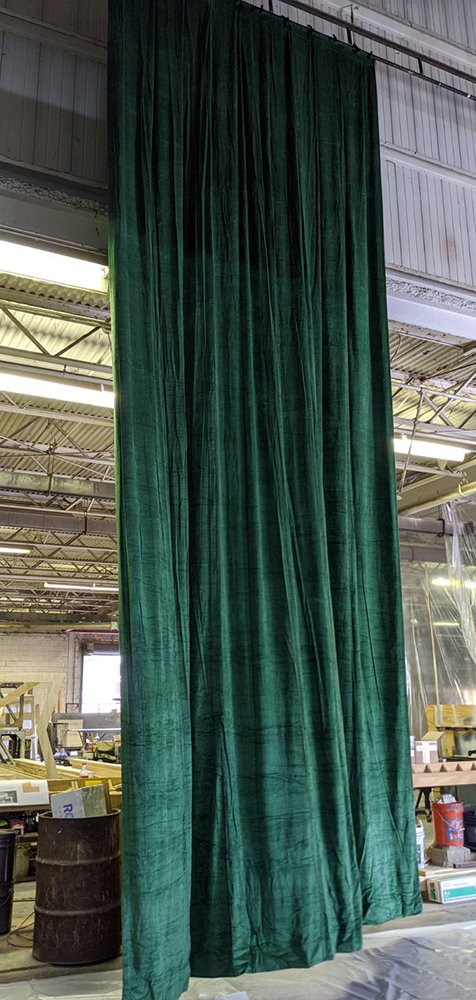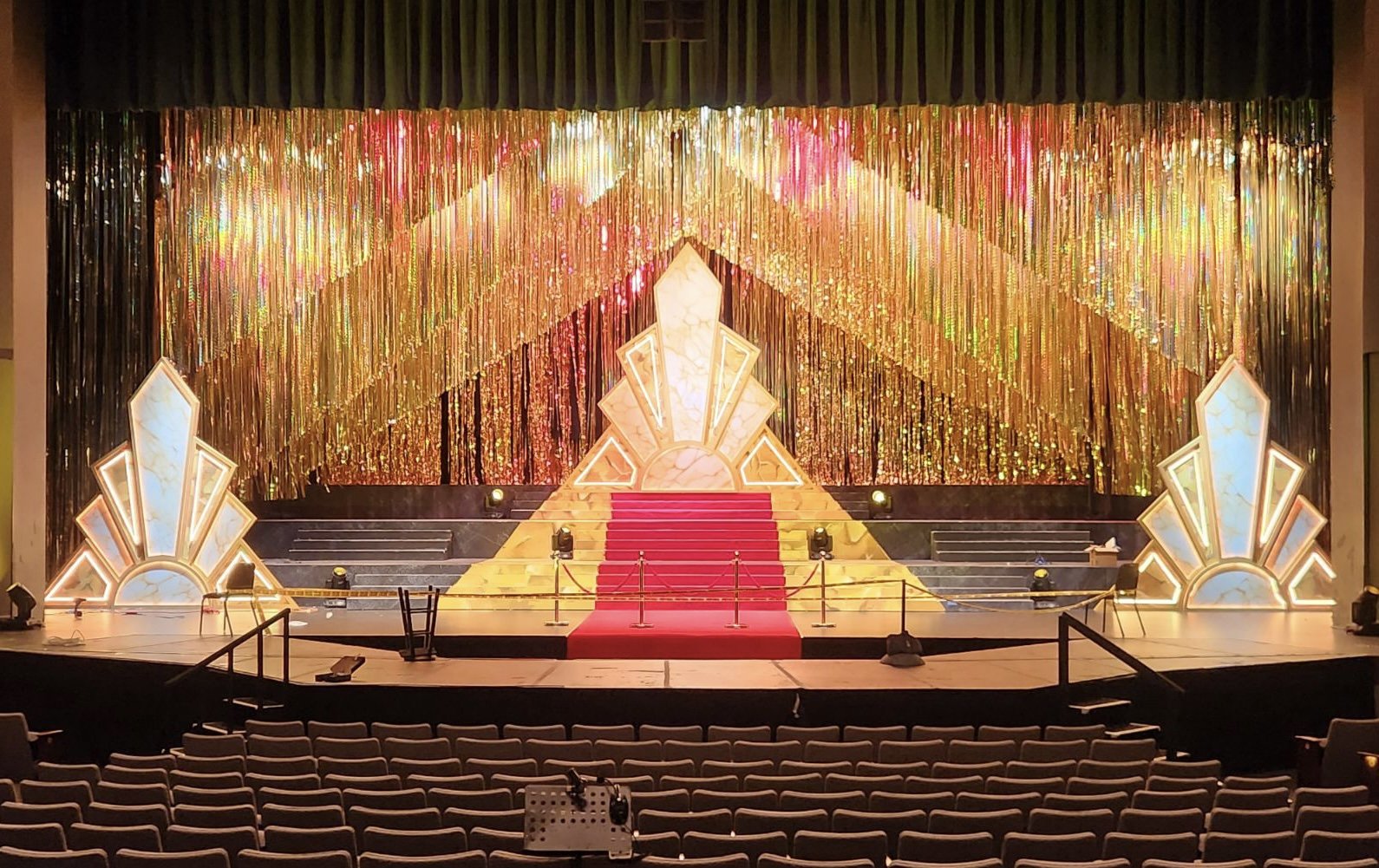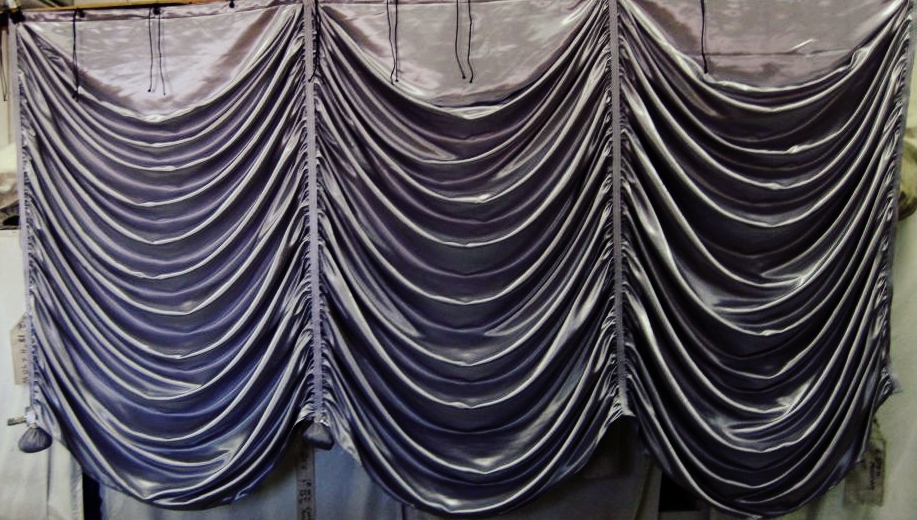Curtains, Travelers, Borders, and Legs
Curtains, travelers, borders, and legs are not merely functional components of stagecraft but are integral to the visual grammar of theatrical storytelling. These soft goods shape the stage space, guide audience perception, and support the illusion central to live performance.
1. Curtains
In general usage, “curtain” refers to any large fabric panel used on stage, but in theatre, it often denotes the grand drape (house curtain)—the ornate, frontmost curtain that separates the stage from the audience. It traditionally opens and closes at the beginning and end of a performance. Depending on its rigging, it can fly (lift vertically) or travel (open horizontally).
2. Travelers
Travelers are a specific type of curtain that opens and closes horizontally, usually from the center out to the sides. They are typically hung on tracks and can be operated manually or with a motor. Travelers are used upstage of the main curtain to divide the stage into sections, mask scene changes, or reveal new environments. A "mid-stage traveler," for instance, offers the director a means of reducing the visible playing space for more intimate scenes.
3. Borders
Borders are short, wide curtains that hang horizontally above the stage, usually in conjunction with legs. Their main function is to mask overhead rigging, lighting instruments, and fly-space machinery from the audience’s view. Visually, they help frame the vertical dimension of the stage, maintaining the illusion of a seamless, immersive environment.
4. Legs
Legs are tall, narrow curtains that hang vertically on the sides of the stage. They serve to mask the wings, allowing actors, props, and crew to move unseen. In tandem with borders, they form a masking system that creates a visual “proscenium within the proscenium,” allowing for various levels of depth, concealment, and revelation.
Together, these elements enable flexible staging, dynamic reveals, and the concealment of offstage activity—all of which are essential to both the practical and poetic dimensions of theatrical production.

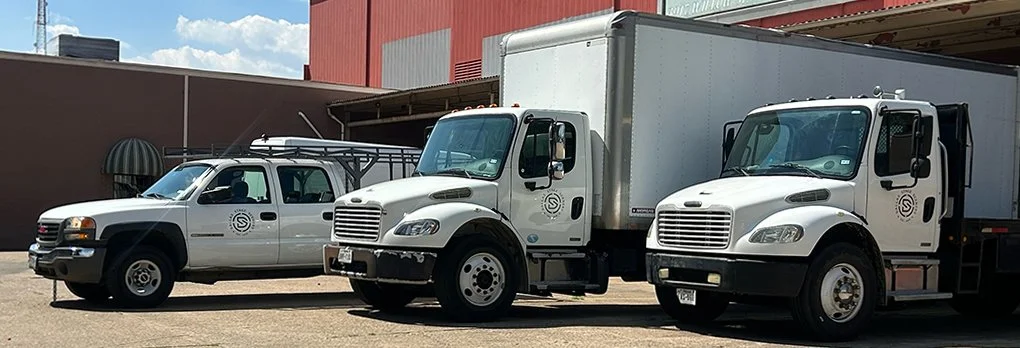









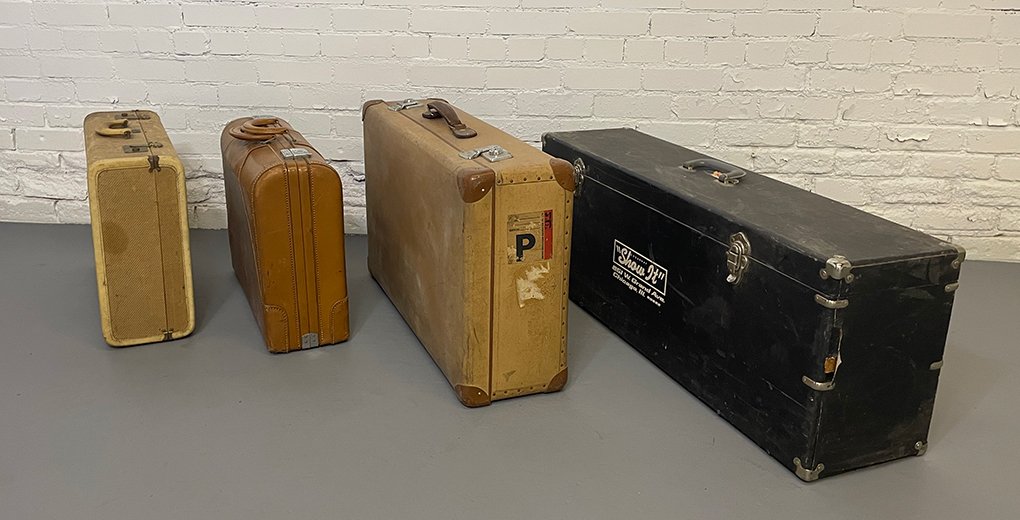




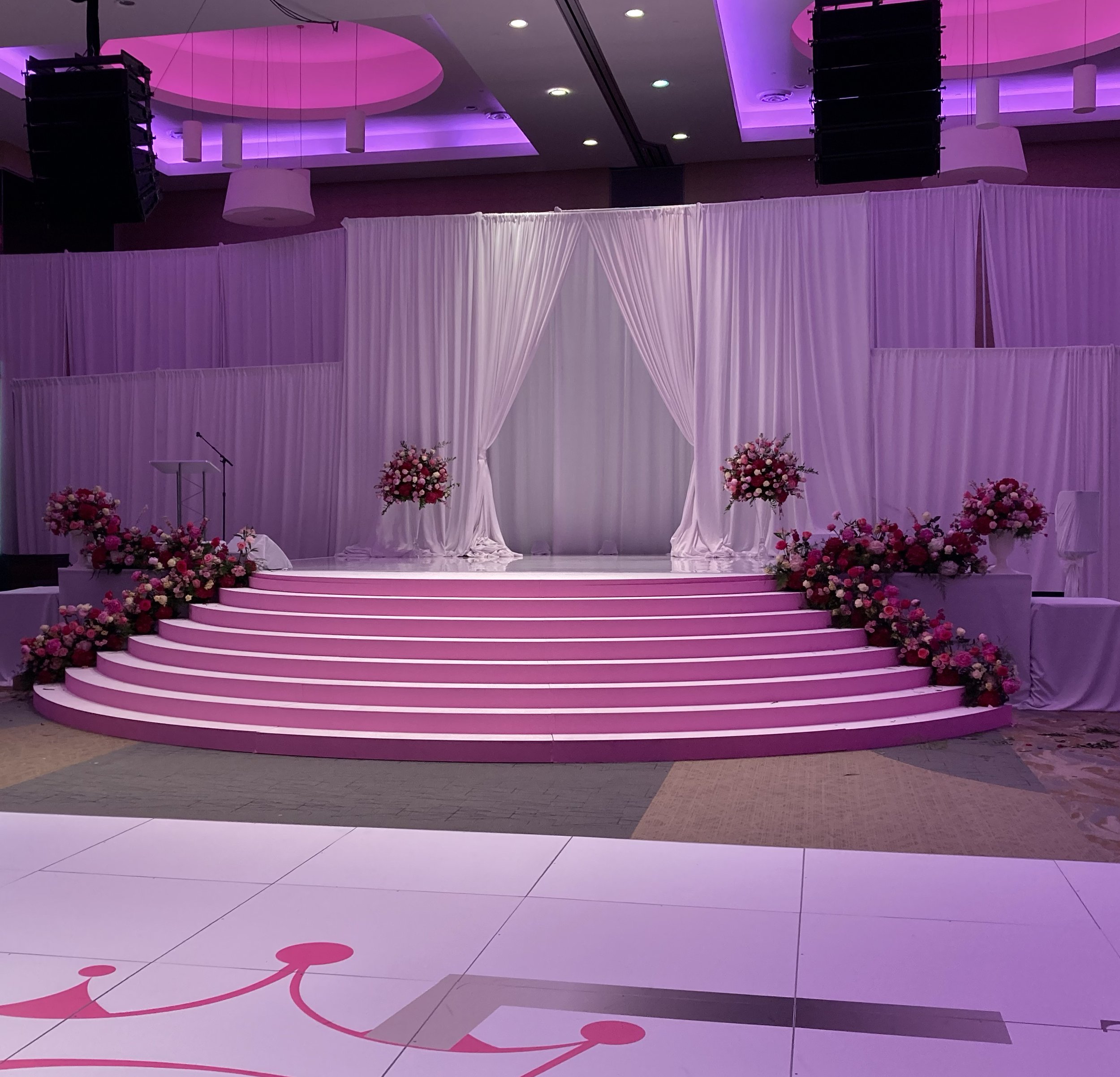















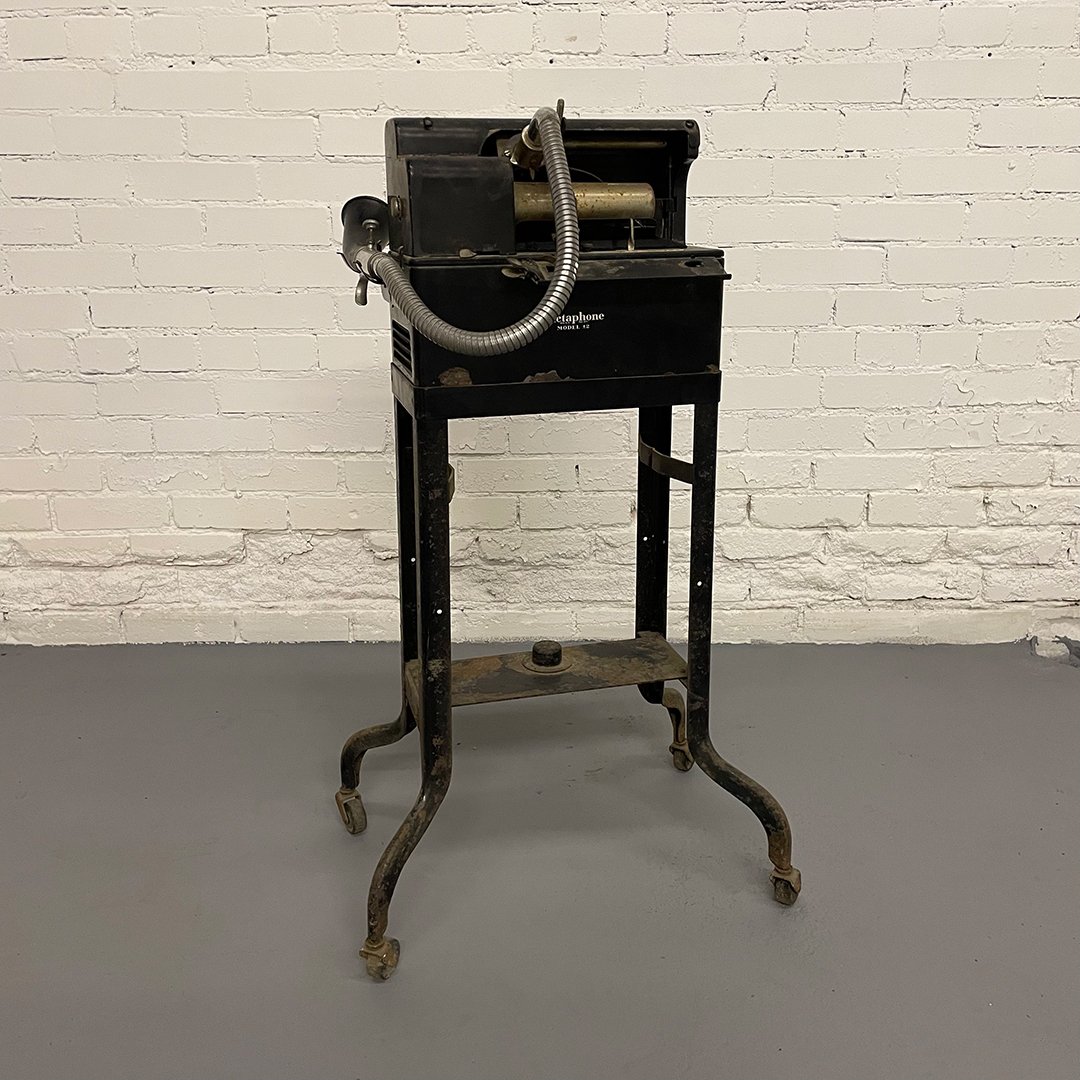






















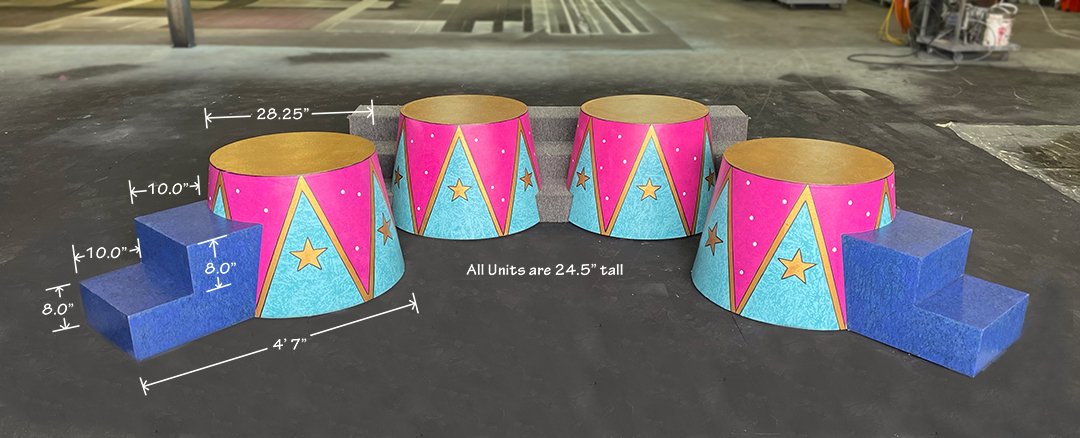
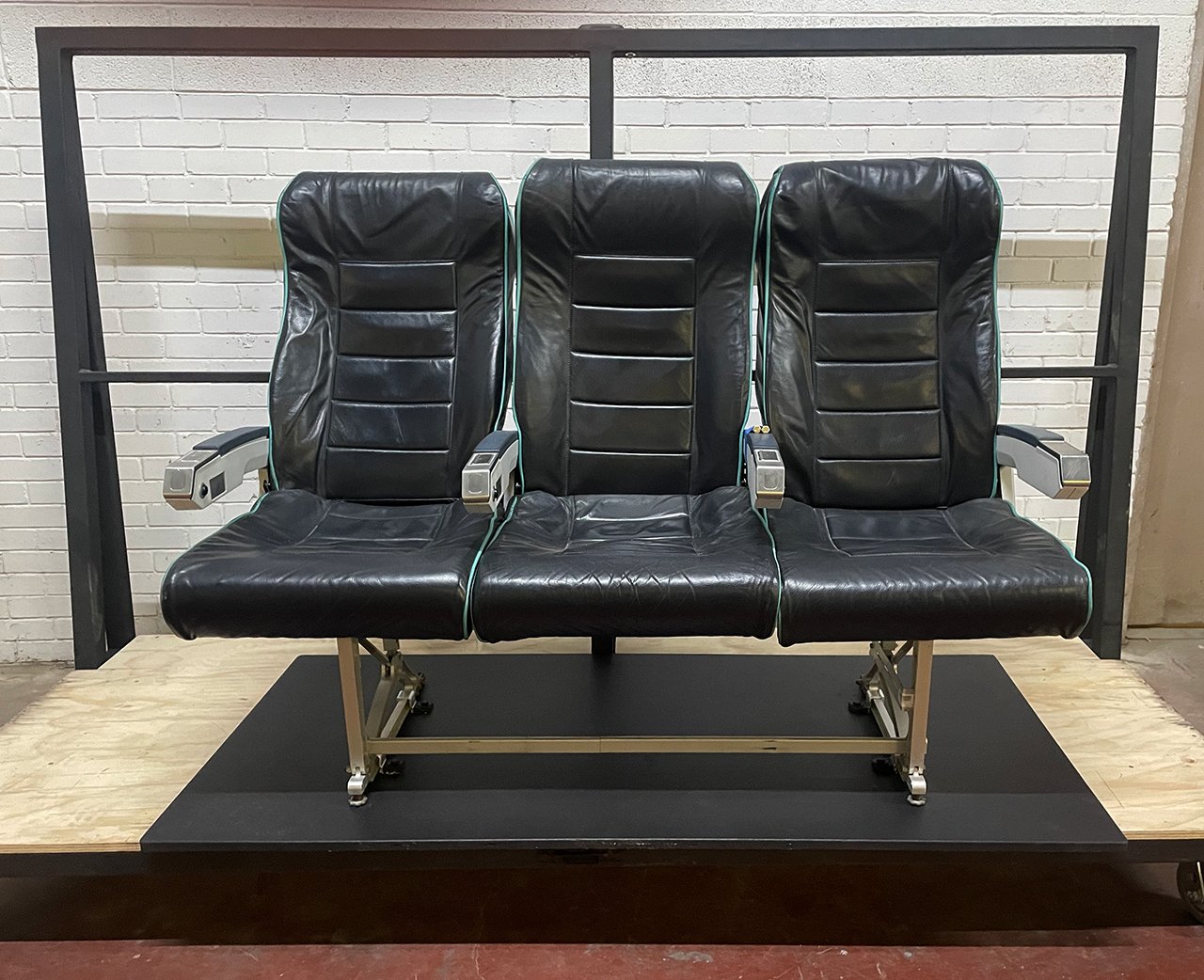

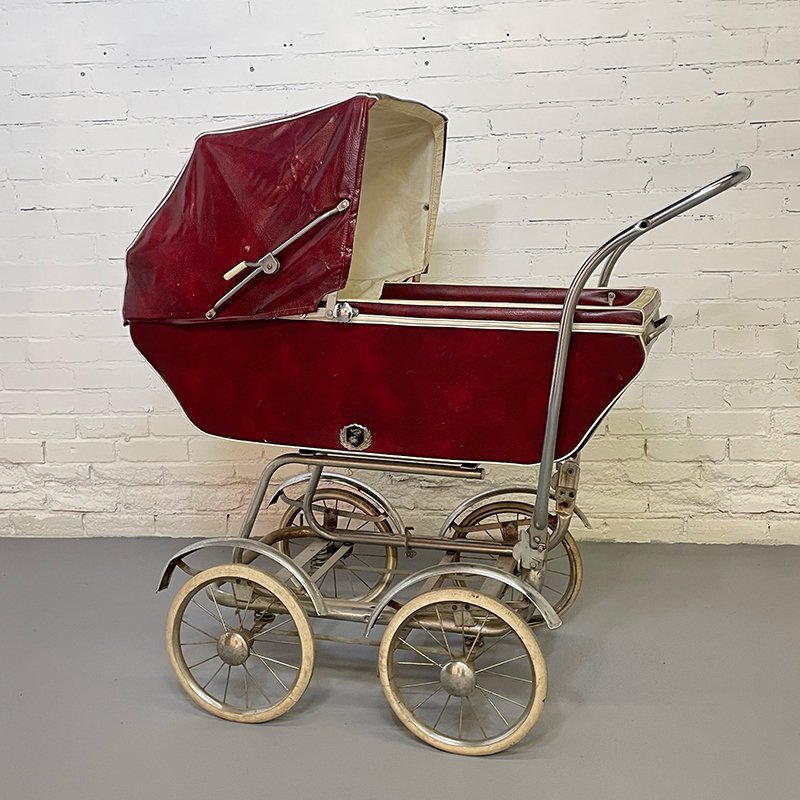

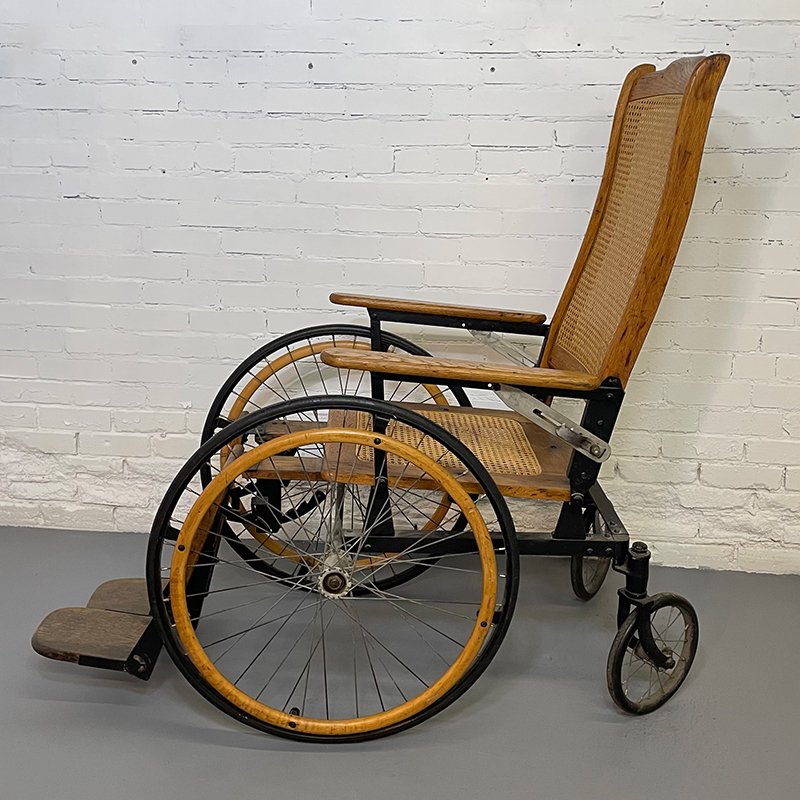



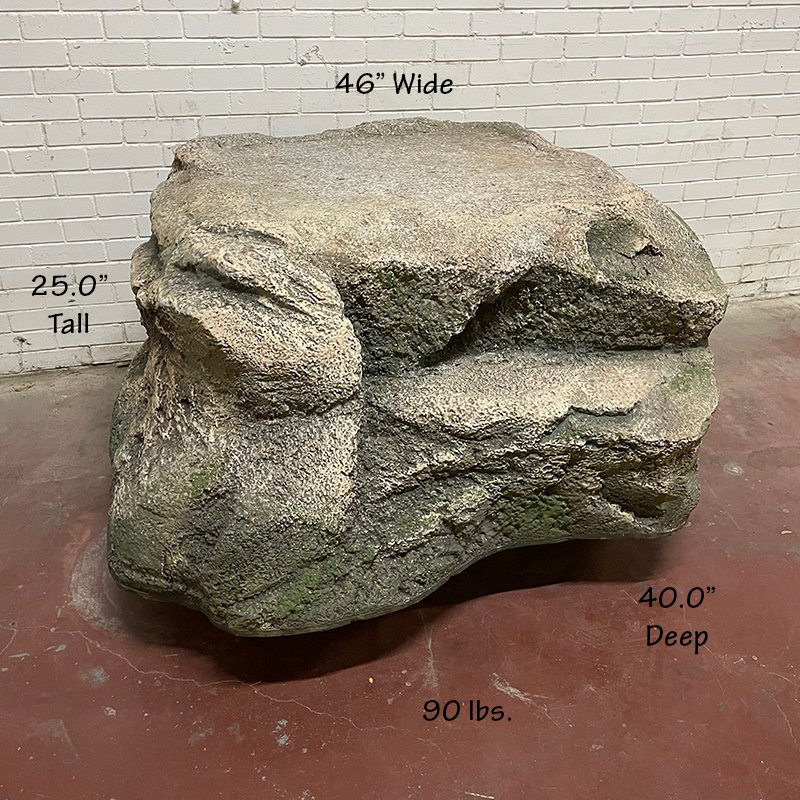






















![Birch Tree legs 22 ft. 6 in. t x 8 ft. w [ea.]](https://images.squarespace-cdn.com/content/v1/5be0798d710699ad8d1c19c5/1745431095459-4LYQLV5H6AX8J5IZQ6EK/birch_tree_legs.jpg)

![Butterfly banner(s) 13 ft. + in. t x 12 ft. 9 in. w [ea.]](https://images.squarespace-cdn.com/content/v1/5be0798d710699ad8d1c19c5/1745436507705-G93KG5ZSIX9BRY3XWDLH/Butterfly_banners.jpg)



















![Seahorse Dolphin backdrops 14 ft. 10 in. t x 12 ft. w [ea.]](https://images.squarespace-cdn.com/content/v1/5be0798d710699ad8d1c19c5/1745508124384-JQQNC7VEEYKPRLRKHU4Y/Seahorse_Dolphin_backdrops.jpg)





![Underwater scrims 26 ft. 9.5 in. t x 12 ft. w [ea.]](https://images.squarespace-cdn.com/content/v1/5be0798d710699ad8d1c19c5/1745506914206-32GBS4OM9SKL1ZRMVYCY/Underwater_scrims.jpg)


![Amputrees legs 29 ft. t x 14 ft. 5 in. t [ea.]](https://images.squarespace-cdn.com/content/v1/5be0798d710699ad8d1c19c5/1745508733231-Q2VAHWVKRO0LXK38Q43E/Amputrees_-legs.jpg)



